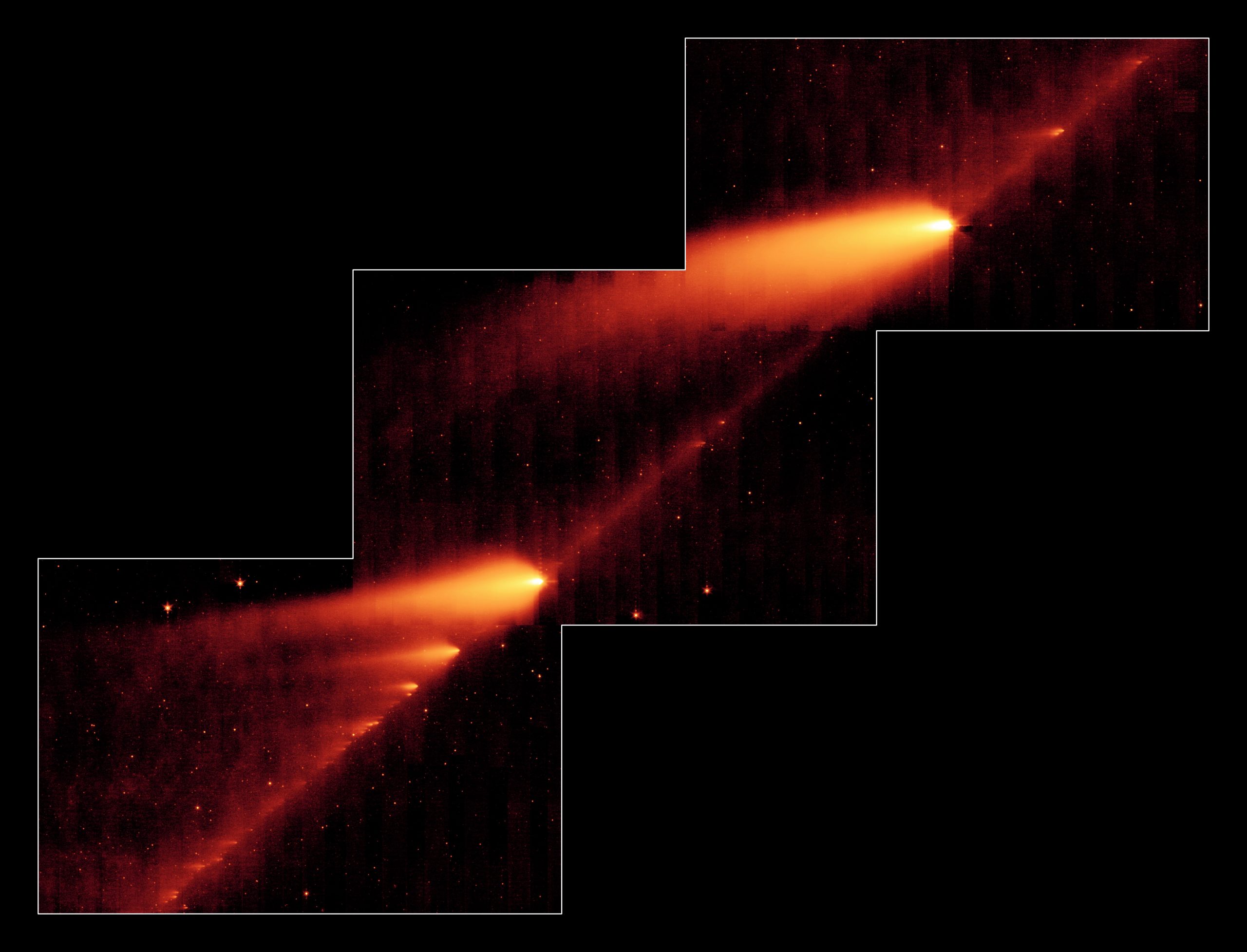Astronomers are excited about the possibility of a new meteor shower May 30-31. And that excitement has sparked a lot of information about the tau Herculids. Some has been accurate, and some has not.
We get excited about meteor showers, too! But sometimes events like this don’t live up to expectations – it happened with the 2019 Alpha Monocerotid shower, for example. And some astronomers predict a dazzling display of tau Herculids could be “hit or miss.”

So, we’re encouraging eager skywatchers to channel their inner scientists, and look beyond the headlines. Here are the facts:
- On the night of May 30 into the early morning of May 31, Earth will pass through the debris trails of a broken comet called 73P/Schwassmann-Wachmann, or SW3.
- The comet, which broke into large fragments back in 1995, won’t reach this point in its orbit until August.
- If the fragments from were ejected with speeds greater than twice the normal speeds—fast enough to reach Earth—we might get a meteor shower.
- Spitzer observations published in 2009 indicate that at least some fragments are moving fast enough. This is one reason why astronomers are excited.
- If a meteor shower does occur, the tau Herculids move slowly by meteor standards – they will be faint.
Observers in North America under clear, dark skies have the best chance of seeing a tau Herculid shower. The peak time to watch is around 1am on the East Coast or 10pm on the West Coast.
We can’t be certain what we’ll see. We can only hope it’s spectacular.
